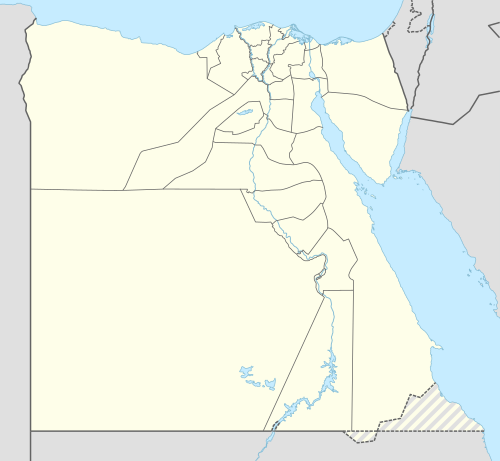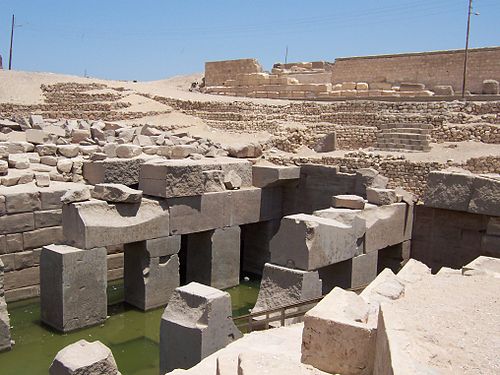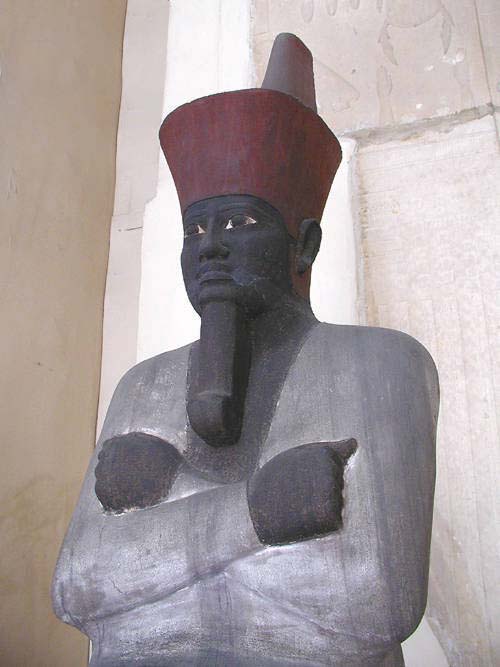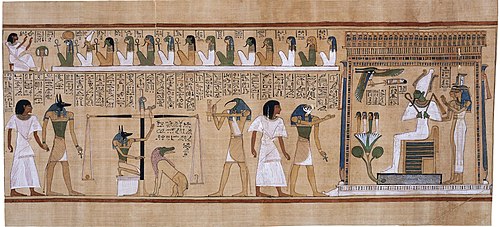That triangle song to an introduction of reality. Delivery is in action. The trust!! Treasure a measure and circles are not in stead, the product to mathematics is arithmetic at age. The San Francisco Police Unit is simply understood, this is the value and the foot is S.F.P.D. as age grown. Perhaps the laymen will not comprehend, perhaps the public at-large will not want, perhaps that is the happening however I have had the most brilliant arisal (Yes, arisal is a real word but it's legalese, as in "arisal of a claim" meaning the emergence of a claim (as a 'noun' form of "a claim has arisen"). Not very elegant but gets the point across insofar as legal proceedings are concerned. Not really for non-legal use; https://www.quora.com/Is-arisal-a-word) in only a day that sealed the facts until my age matched my deeds.
The fathom of where such tangible is done would shock the American and floor the past to engage a knowing to smile. This is my story, I own it, I am touched by the prowess in such a manner that my certain is inalienable. Math is not a number to word the knot asking a figures to answer a cue as the gathering of figures produces more, it's in the picture.
Memory is understood as computers have shown how important 'memory' ( https://en.wikipedia.org/wiki/Computer_memory ) is to run any persons computer and/or cellphone, this is important to comprehend now as my memory is and The Barn was or shall I say is now once again my stable, my Wall, my pad, my paper, my site. Still on the marker I watch to smile and walk to know the etch by design. Thanks
I am excited at the Morse code as what is that without the honest and true in communication and vehicle of type. From this to the further algebra to geometry have a nice day in the calculus of speak for only those in the know will comprehend, understand and ride to the fountain of my youth.
As the mathematics begins to word the sentence and the verse begins to express the pass to today I bravo the sense to wisdom. May any that read this be as lucky as I as I always keep it the now and that being understood a treasure of Pandora has been found!!
From Wikipedia, the free encyclopedia
| Thinis Tjenu | |
|---|---|
| Lost city | |

Thinis
Approximate location (at Girga) in modern Egypt
| |
| Coordinates: 26°20′N 31°54′E | |
| Country | Ancient Egypt |
| Nome | Nome VIII of Upper Egypt |
| Earliest evidence | c. 4000 BCE |
| Government | |
| • Type | Nomarch (Old Kingdom) Mayor (New Kingdom) |
Thinis or This (Egyptian: Tjenu) was the capital city of the first dynasties of ancient Egypt. Thinis is, as yet, undiscovered but well attested to by ancient writers, including the classical historian Manetho, who cites it as the centre of the Thinite Confederacy, a tribal confederation whose leader, Menes (or Narmer), united Egypt and was its first pharaoh. Thinis began a steep decline in importance from Dynasty III, when the capital was relocated to Memphis which thought to be the first true and stable capital after unification of old Egypt by Menes, this is despite of the power of the southern city Thinis and its kings. Its location on the border of the competing Heracleopolitan and Theban dynasties of the First Intermediate Period, and its proximity to certain oases of possible military importance, ensured Thinis some continued significance in the Old and New Kingdoms. This was a brief respite and Thinis eventually lost its position as a regional administrative centre by the Roman period.
Due to its ancient heritage, Thinis remained a significant religious centre, housing the tomb and mummy of the regional deity. In ancient Egyptian religious cosmology, as seen (for example) in the Book of the Dead, Thinis played a role as a mythical place in heaven.[1]
Although the precise location of Thinis is unknown, mainstream Egyptological consensus places it in the vicinity of ancient Abydos and modern Girga.[2][3][4]
Name and location
The name Thinis (Greek: Θίνις) is derived from Manetho's use of the adjective Thinite to describe the pharaoh Menes.[5] Although the corresponding Thinis does not appear in Greek, it is demanded by the Egyptian original[2] and is the more popular name among Egyptologists.[5][6] Also suggested is This (Θίς).[7]In correcting a passage of Hellanicus (b. 490 BCE), Jörgen Zoega amended Τίνδων ὄνομα to Θὶν δὲ ᾧ ὄνομα.[8] Maspero (1903) found that this revealed the name Thinis and also, from the same passage, a key geographic indicator: επιποταμίη (English: on the river).[8] Maspero used this additional detail to support the theory, which included among its followers Jean-François Champollion and Nestor L'Hôte, locating Thinis at modern-day Girga or a neighbouring town, possibly El-Birba.[8] Other proposals for Thinis' location have lost favour at the expense of the Girga-Birba theory: Auguste Mariette, founder director of the Egyptian Museum, suggested Kom el-Sultan; A. Schmidt, El-Kherbeh; and Heinrich Karl Brugsch, Johannes Dümichen and others[9] supported El-Tineh, near Berdis.[8] Mainstream Egyptological consensus continues to locate Thinis at or near to either Girga,[2][3][4] or El-Birba[6] (where an inscribed statue fragment mentioning Thinis is said to have been found).[10]
History

Pre-dynastic and Early Dynastic periods
Although the archaeological site of Thinis has never been located,[11] evidence of population concentration in the Abydos-Thinis region dates from the fourth millennium BCE.[11][12] Thinis is also cited as the earliest royal burial-site in Egypt.[13]At an early point, the city of Abydos resigned its political rank to Thinis,[14] and although Abydos would continue to enjoy supreme religious importance,[14] its history and functions cannot be understood without reference to Thinis.[10] The role of Thinis as centre of the Thinite Confederacy (or Dynasty 0) and into the Early Dynastic Period (specifically Dynasty I and Dynasty II)[15] is taken from Manetho,[16] and, according to Wilkinson (2000), seems to be confirmed by Dynasty I and late Dynasty II royal tombs at Abydos, the principal regional necropolis.[16]
Old Kingdom

Mentuhotep II, pharaoh of the Theban Dynasty XI, finally brought Thinis under Theban sway during his campaign of reunification.
During the wars of the First Intermediate Period (c. 2181 – c. 2055 BCE), Ankhtifi, nomarch of Hierakonpolis, demanded recognition of his suzerainty from the "overseer of Upper Egypt" at Thinis,[20] and although the city walls, cited in Ankhtifi's autobiography,[20] seem to have left Ankhtifi capable of only a show of force,[20] he appears to have purchased Thinis' neutrality with grain.[21]
Following Ankhtifi's death, Thinis was the northernmost nome to fall under the sway of Intef II, pharaoh of the Theban Dynasty XI (c. 2118 – c. 2069 BCE).[21][22] Progress north by the Theban armies was halted by Kheti III, pharaoh of the Heracleopolitan Dynasty IX, in a battle at Thinis itself[22] that is recorded in the Teaching for King Merykara,[23] and, throughout Intef II's later years, his war against the Heracleopolitans and their allies, the nomarchs of Assyut, was waged in the land between Thinis and Assyut.[22]
As Thebes began to take the upper hand, Mentuhotep II (c. 2061 – c. 2010 BCE), on his campaign of reunification, brought Thinis, which had been in revolt, possibly at Heracleopolitan instigation[24] and certainly with the support of an army under the command of the nomarch of Assyut,[21] firmly under his control.[24]
During the Second Intermediate Period (c. eighteenth century BCE), Thinis may have experienced resurgent autonomy: Ryholt (1997) proposes that the Abydos dynasty of kings might better be called the "Thinite Dynasty"[25] and that, in any event, their royal seat was likely at Thinis, already a nome capital.[26]
New Kingdom and Late Period
The city's steady decline appears to have halted briefly during Dynasty XVIII (c. 1550 – c. 1292 BCE), when Thinis enjoyed renewed prominence, based on its geographical connection to various oases[27] of possible military importance.[28] Certainly, the office of mayor of Thinis was occupied by several notable New Kingdom figures: Satepihu, who participated in the construction of an obelisk for Hatshepsut[29] and was himself subject of an exemplary block statue;[30] the herald Intef, an indispensable member of the royal household and the travelling-companion of Thutmose III;[29][31] and Min, tutor to the prince Amenhotep III.[29]Nonetheless, Thinis had declined to a settlement of little significance by the historic period.[32] The misleading reference on a seventh-century BCE Assyrian stele to "Nespamedu, king of Thinis" is nothing more than a reflection of Assyrian "ignorance of the subtlety of the Egyptian political hierarchy".[33]
Certainly, by the Roman period, Thinis had been supplanted as capital of its nome by Ptolemais, perhaps even as early as that city's foundation by Ptolemy I.[7]
Religion

A tableau from the Book of the Dead (green-skinned Osiris is seated to the right). In ancient Egyptian religious cosmology, Thinis features as a mythical place in heaven.
The high priest of the temple of Anhur at Thinis was called the first prophet,[37] or chief of seers,[38][39] a title that Maspero (1903) suggests is a reflection of Thinis' decline in status as a city.[40]
One such chief of seers, Anhurmose, who died in the reign of Merneptah (c. 1213 – c. 1203 BCE), broke with the tradition of his New Kingdom predecessors, who were buried at Abydos, and was laid to rest at Thinis itself.[41]
The lion-goddess Mehit was also worshipped at Thinis,[42][43] and the restoration of her temple there during Merneptah's reign was probably overseen by Anhurmose.[41]
There is evidence that succession to the office of chief of seers of Anhur at Thinis was familial: in the Herakleopolitan period, one Hagi succeeded his elder brother, also called Hagi, and their father to the post;[44] and, in the New Kingdom, Wenennefer[45] was succeeded in the priestly office by his son, Hori.[46]
In ancient Egyptian religious cosmology, Thinis played a role as a mythical place in heaven.[1] In particular, as set out in the Book of the Dead, its eschatological significance can be seen in certain rituals: when the god Osiris triumphs, "joy goeth its round in Thinis", a reference to the celestial Thinis, rather than the earthly city.[1]

















No comments:
Post a Comment